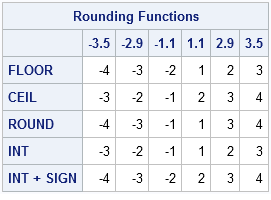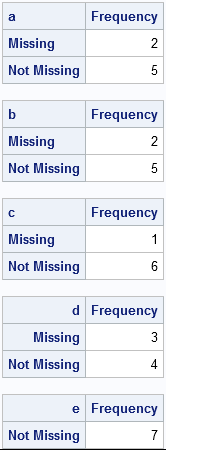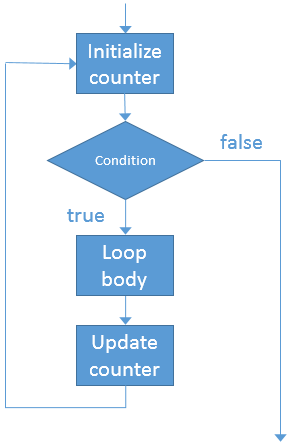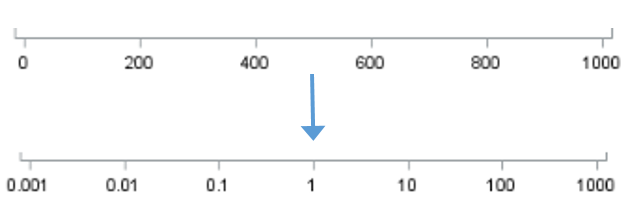The DO Loop
Statistical programming in SAS with an emphasis on SAS/IML programs
SAS has several ways to round a number to an integer. You can round a number up, round it down, or round it to the nearest integer. If your data contain both positive and negative values, you can also round numbers toward zero, or away from zero. The functions that

The other day I encountered a SAS Knowledge Base article that shows how to count the number of missing and nonmissing values for each variable in a data set. However, the code is a complicated macro that is difficult for a beginning SAS programmer to understand. (Well, it was hard

Looping is essential to statistical programming. Whether you need to iterate over parameters in an algorithm or indices in an array, a loop is often one of the first programming constructs that a beginning programmer learns. Today is the first anniversary of this blog, which is named The DO Loop,

One of the highly visible changes in SAS 9.3 is the fact that the old LISTING destination is no longer the default destination for ODS output. Instead, the HTML destination is the default. One positive consequence of this is that ODS graphics and tables are interlaced in the output. Another

You can generate a set of random numbers in SAS that are uniformly distributed by using the RAND function in the DATA step or by using the RANDGEN subroutine in SAS/IML software. (These same functions also generate random numbers from other common distributions such as binomial and normal.) The syntax

The log transformation is one of the most useful transformations in data analysis. It is used as a transformation to normality and as a variance stabilizing transformation. A log transformation is often used as part of exploratory data analysis in order to visualize (and later model) data that ranges over
